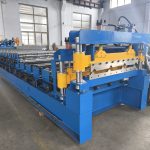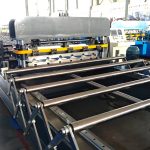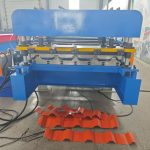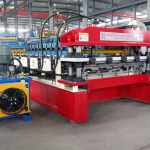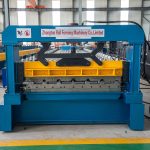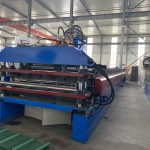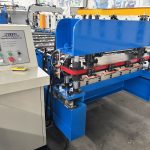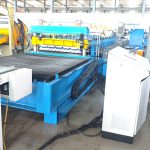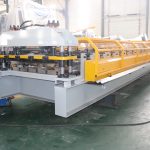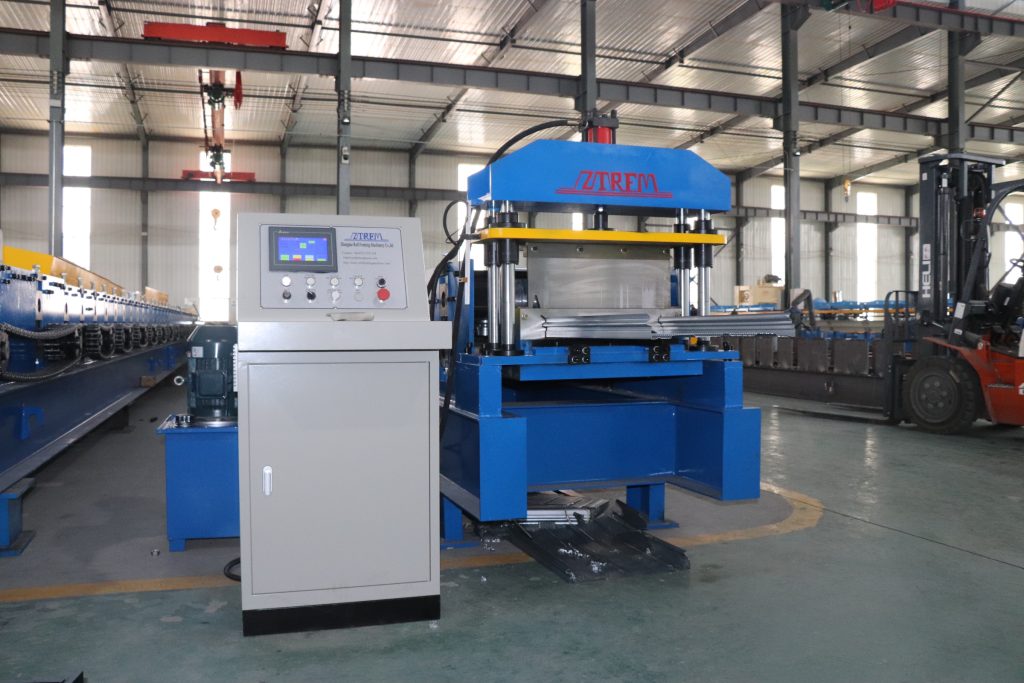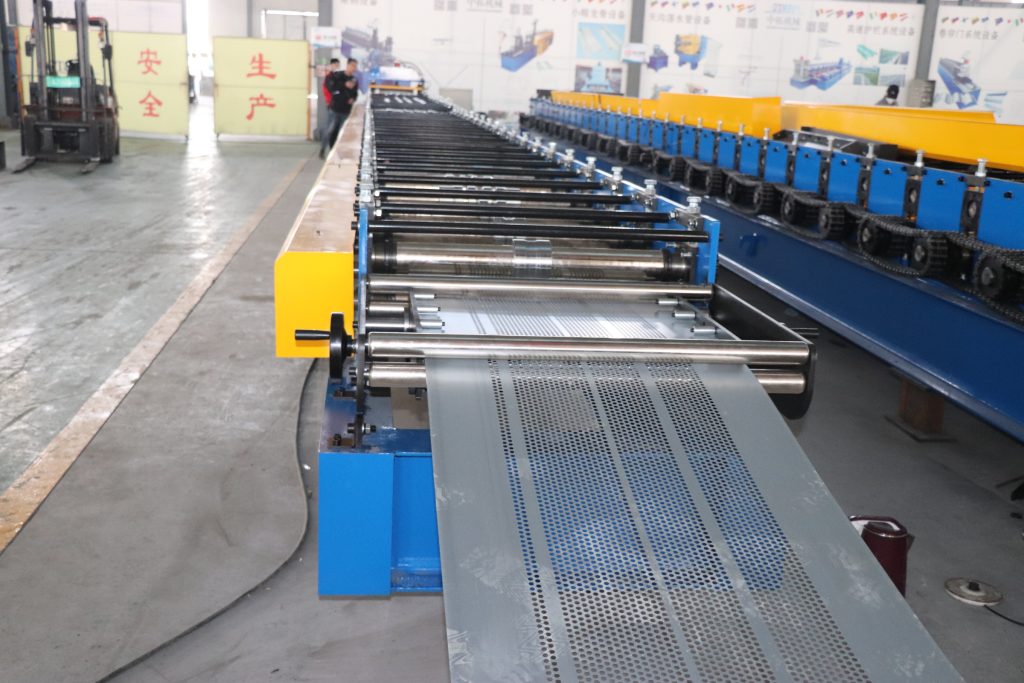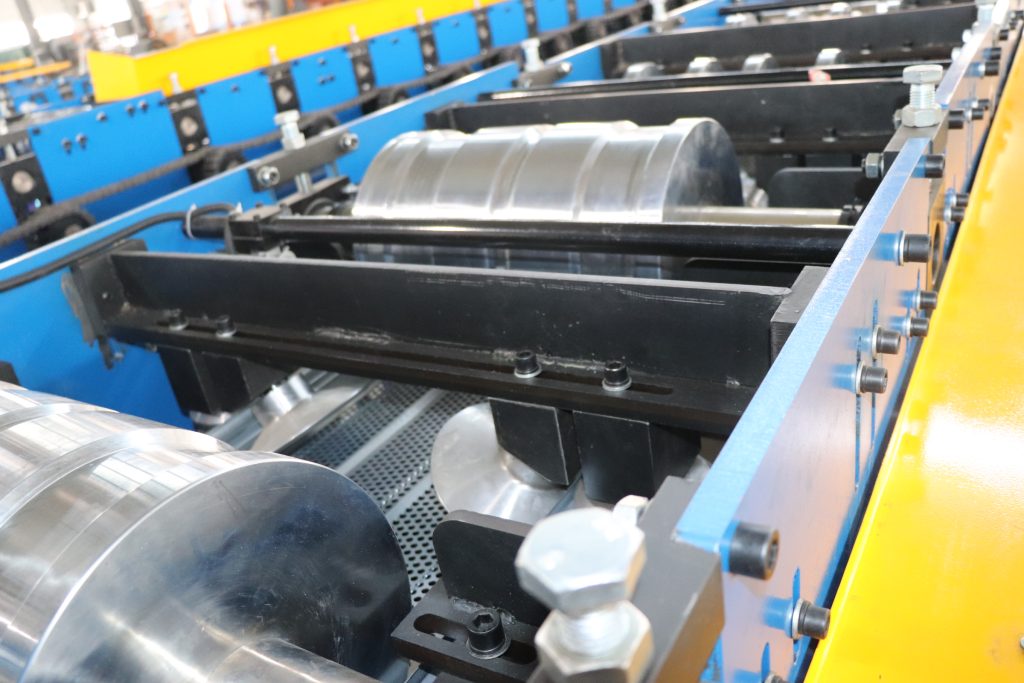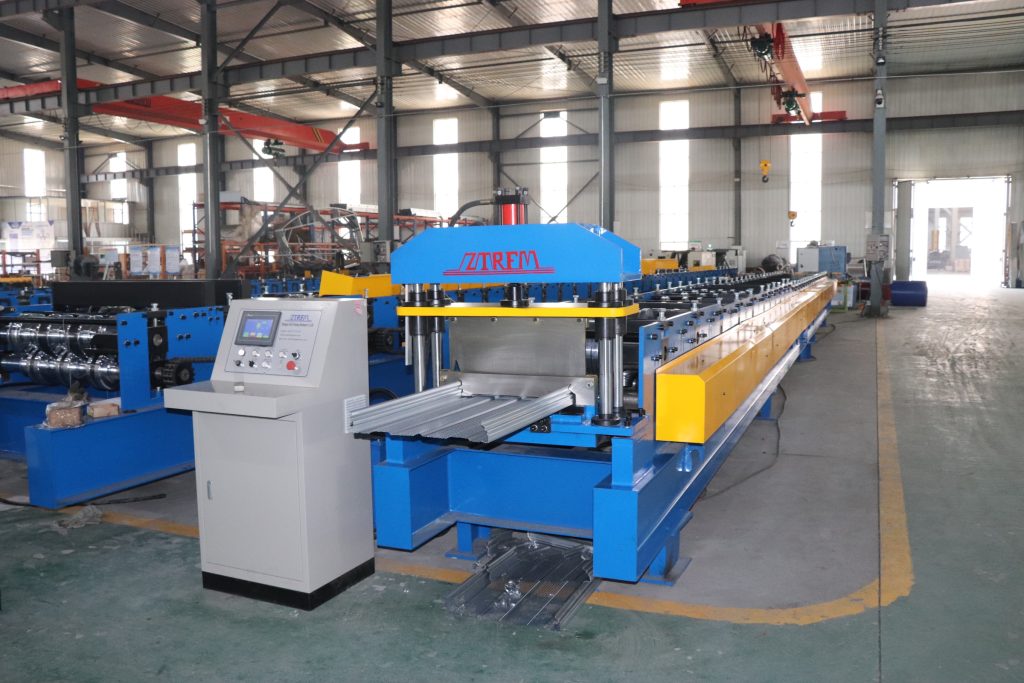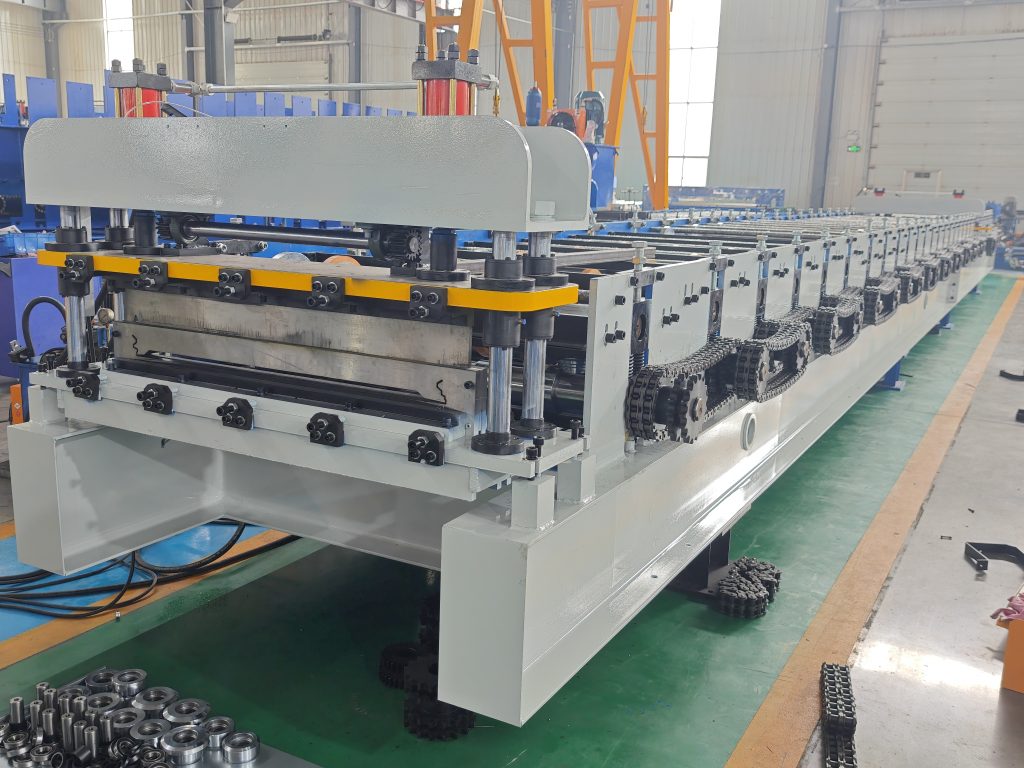Highway Sound Barrier Wall Roll Forming Machine
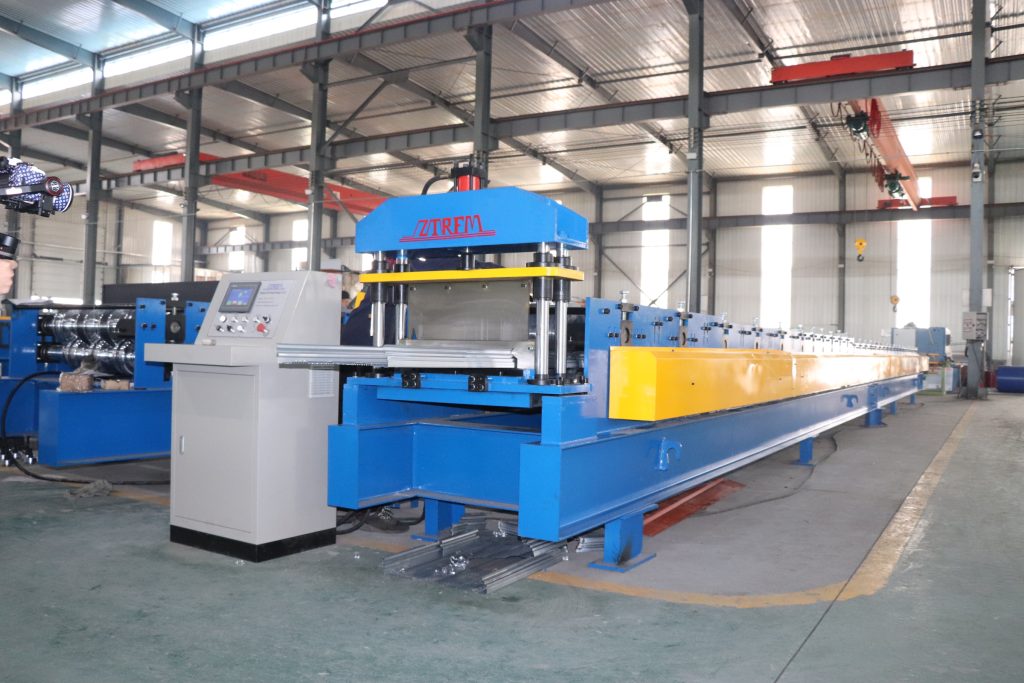
Introduction of the Highway Sound Barrier Wall Roll Forming Machine
Highway Sound Barrier Wall is a common urban and transportation infrastructure. Its function is to reduce the noise generated by road traffic and protect the living environment of surrounding residents. These sound barrier walls are usually installed beside roads or at the edges of highways, forming a barrier to reduce the impact of noise generated by vehicles on the surrounding environment.
Such sound barrier walls are typically made of concrete, steel, or other composite materials, with a certain height and length to ensure effective reduction of noise transmission. Structurally, highway sound barrier walls usually include support columns, sound-absorbing materials, and external surfaces.
The support columns are fixed on the ground to support the entire sound barrier wall. The sound-absorbing materials can be various materials such as glass fiber, rubber, and polyethylene foam, which are used to reduce the transmission and reflection of sound waves. The external surface is usually designed to be smooth, which helps reduce the reflection and transmission of noise.
The working principle of highway sound barrier walls mainly relies on absorbing and reflecting sound waves to reduce noise transmission. When vehicles are moving, the noise generated by engines and wheels spreads to the surrounding environment.
The highway sound barrier walls can absorb part of the noise when vehicles pass by and reduce its transmission distance, thereby lessening the impact on surrounding residents.
Highway sound barrier walls play a very important role in cities and highways. Firstly, they can effectively protect surrounding residents from traffic noise interference and improve their living environment. In addition, they help reduce the damage of noise to surrounding buildings and the natural environment, and maintain the stability of the environment and ecosystem.
Besides reducing noise impact, highway sound barrier walls can also improve air quality to a certain extent and reduce the impact of exhaust emissions on the surrounding environment.
The effectiveness of highway sound barrier walls depends on the quality of their design and installation, as well as the characteristics of the surrounding environment. Scientific and reasonable design and high-quality materials can improve the sound absorption effect and better reduce the impact of traffic noise on the surrounding environment.
Moreover, a reasonable location and length are also key factors to ensure the effectiveness of the sound barrier walls. In practical applications, it is necessary to reasonably select the type and parameters of the sound barrier walls according to specific conditions to achieve the best sound insulation effect.
Highway sound barrier walls are an important urban transportation infrastructure. They reduce the impact of traffic noise on the surrounding environment by absorbing and reflecting sound waves. Reasonable design and high-quality installation can significantly improve the living environment of surrounding residents and protect the ecosystem.
In future urban planning and construction, more attention should be paid to the role of highway sound barrier walls to effectively reduce the impact of traffic noise on humans and the natural environment.
The main parameters of the machine
| Item | Parameter |
| Material feeding width | 925~1220mm |
| Material thickness | 0.3~1.0mm |
| Uncoiler | Manual Uncoiler |
| Loading weight | 5ton |
| Forming speed | 8-15m/min |
| Forming Steps | 16 stations |
| Shafts materials | 45# high quality steel |
| Shafts diameter | 70mm |
| Roller materials | 45# high quality steel, hard chrome coated 0.05mm |
| Transmission | Chains-sprockets |
| Main motor power | 11kw |
| Cutting blade | Cr12 with quenched treatment 60-62 |
| Hydraulic power | 5.5kw |
| Overall dimensions | 8600x1500x1300mm |
Recommended related machine


